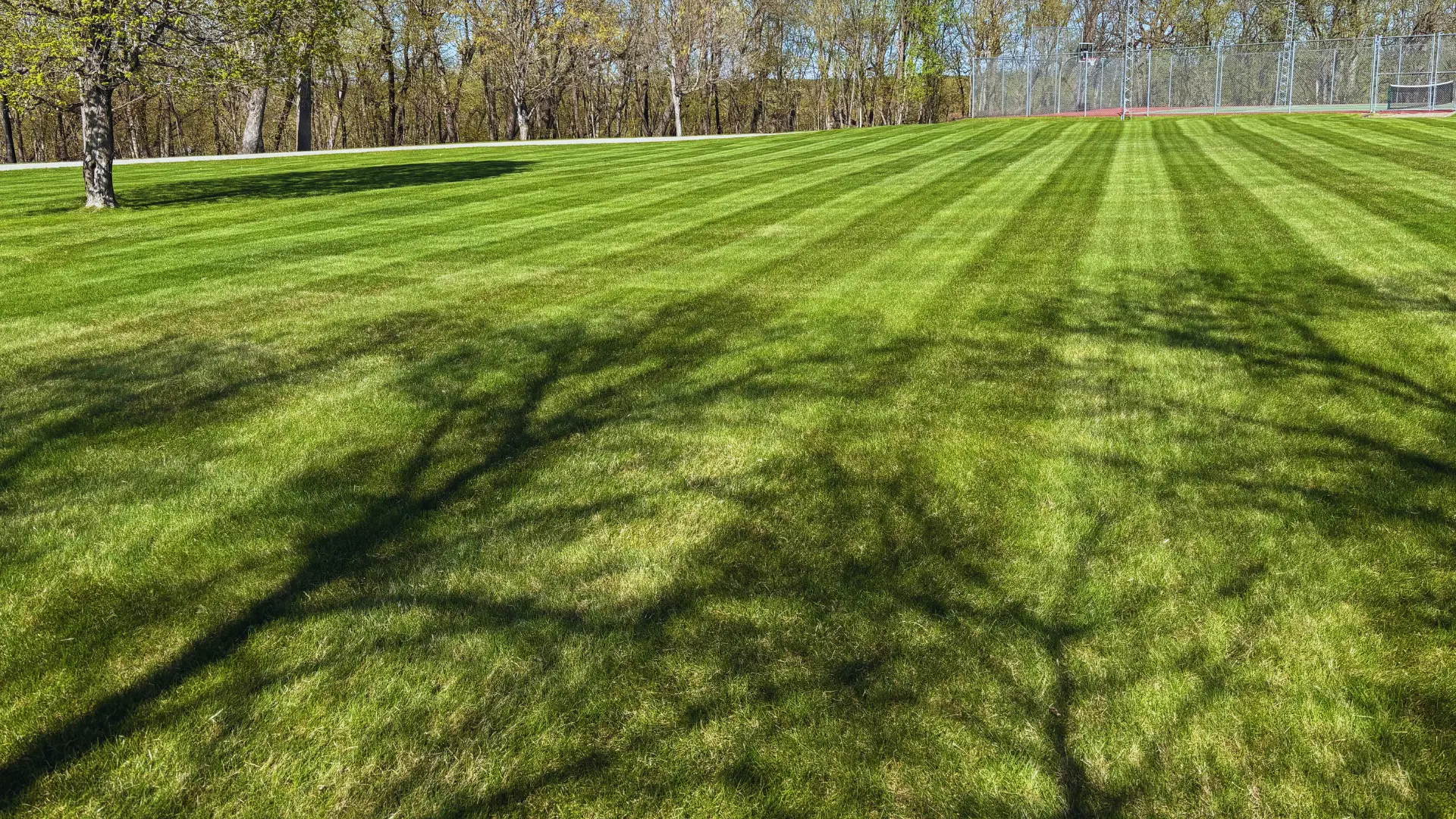
At Miller Yard Care, we're here to help you understand what snow mold is, why it happens, and most importantly, how to prevent it, drawing on the expert insights from leading universities in our region like the University of Minnesota, University of Wisconsin, University of Iowa, and North Dakota State University.
Snow mold isn't a single culprit, but rather a general term for several types of fungi that thrive in cool, moist conditions, particularly under a blanket of snow. The two most common types we encounter in our climate are:
Gray Snow Mold (Typhula blight): This typically appears as circular patches of bleached or straw-colored turf, often matted down. You might see a grayish-white fungal growth (mycelium) at the edges of the patches, and in some cases, tiny, hard, reddish-brown or black survival structures called sclerotia. Gray snow mold usually only damages the grass blades, meaning the plant crown is often still healthy and can recover.
Pink Snow Mold (Microdochium patch): As the name suggests, this type can have a pinkish tint, especially at the edges of the affected areas. Unlike gray snow mold, pink snow mold can damage the grass crowns, potentially leading to more significant turf loss. It can also develop without snow cover, thriving in cool, wet conditions.
Both types flourish when snow falls on unfrozen ground, creating an insulated, humid environment perfect for fungal growth....
Just complete the form below to get a pricing quote.
